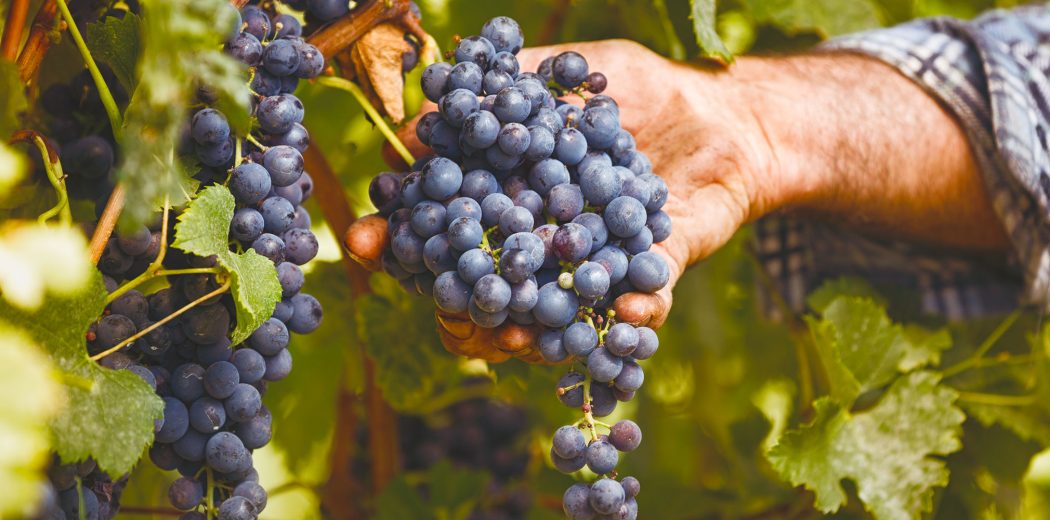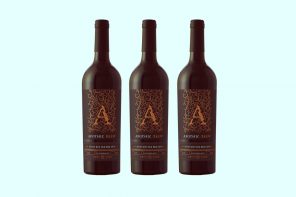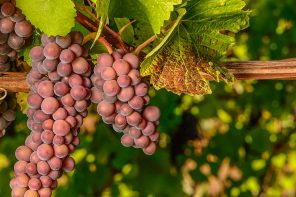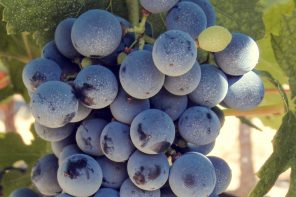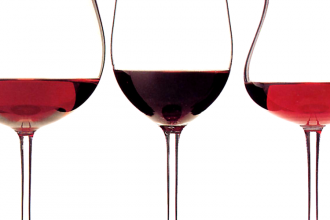Chances are you’ve heard of the Zinfandel grape. But what about its child, Plavac Mali? This grape has deep roots in Croatia, an Eastern European country bound by stretches of undeveloped coastline on the Adriatic Sea. From pristine beaches to sweeping cliffs and rolling plains, Croatia’s variety in geography is just as unique as the styles of wine it produces.
Wine is made all around the country of Croatia. Though, its two most famous winemaking regions, Istria and Dalmatia, are located on the coast. White wine production dominates most of the country with Graševina and Malvazija Istarska grapes leading the pack. As you travel down the Croatian Coast from Istria in the north to Dalmatia in the south, you’re bound to witness Plavac Mali vineyards terraced into the theatrical cliffs that erupt out of the Adriatic Sea.
Plavac Mali, meaning “small blue” in the native tongue, is a red varietal born and bred on the Dalmatian Coast. A cross between two other Croatian grapes: Crljenak Kaštelanski (recently found out to be the same grape as Zinfandel) and Dobričić, Plavac Mali is the darling of the Croatian people. The grape thrives in the all-too-common sunshine on the Pelješac Peninsula in southern Dalmatia. The blueberry-like grapes may be small, but they pack a punch. The extensive amounts of sun exposure give these grapes high potential for alcohol, sometimes reaching 16 percent ABV when fermented. These blue beauties are also high in tannin. The rocky soils, deep roots, coastal winds and bush-trained vines make these dainty berries toughen up to their surroundings.
Like any wine, quality and price range from high to low. The best examples of this Croatian sweetheart come from two appellations on the Pelješac Peninsula: Dingač and Postup. Plavac from these regions tends to be pricey but still won’t break the bank. Hidden pockets of quality, inexpensive Plavac exist all along the Dalmatian Coast – you may even run into locals hawking the juice roadside.
The grape also provides huge versatility in taste. Slightly chilled, young, fresh, fruity styles make excellent pairings with Thai take-out and Netflix marathons. Plavac can also be age-worthy. As Plavac ages, its blue-fruited palate and vibrant purple colors evolve into a blood-like hue bursting with peppery notes slathered in herbs and spices perfect for a decadent feast. The salivating salinity of Plavac Mali from islands Hvar and Brač in the Croatian Adriatic archipelago are ideal with raw oysters and an homage to Croatian gastronomy. A luscious, fruity rosé gushing with ripe peach and strawberry notes still possessing that pleasant saltiness can also emerge from Plavac grapes.
Croatian wine is emerging in popularity. The approachable versatility of Plavac Mali is winning over wine novices and experts alike. The wine is a great alternative for palates that want big expressive wines and can even satisfy curiosity in the “I’ll try anything once!” wine drinkers. Problem is, you’re sure to come back for more.

